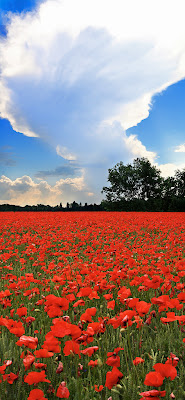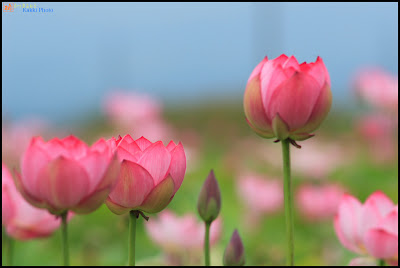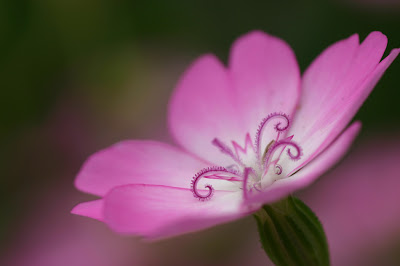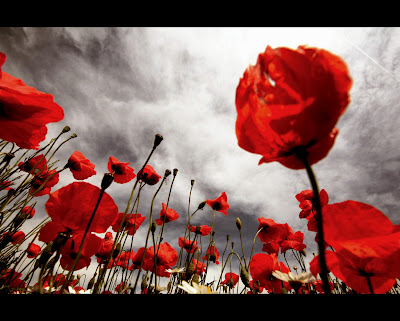Equipment Recommendations For Flower Photography
Flowers are one of the easiest subjects to practice the art of photography. Although you could take great flower photographs with nothing more than a digital point and shoot or a DSLR with kit lens; it is when you have the right equipment that opportunities at the creative end of the spectrum open up. These accessories will come in handy for photographing flowers.
- An f/2.8 macro lens which could go up to 1:1 magnification
- A sturdy tripod which could be set at very low angles and also has the provision to tilt horizontally.
- Remote release
- Polarizing filter
- Coloured cards to serve as backgrounds
- Diffusers and reflectors
 |
| Photo By My Reflex |
Lighting
Lighting is the most important aspect no matter what genre of photography you are interested in; and flower photography is no exception. Shooting outdoors, diffused light coming from clouds on an overcast day is the best light for photographing flowers. If you find this is not the case, look up to observe if there are any clouds and if there are ;see if there is any chance of them to get between your subject and the hot sun (you could actually tell which direction the clouds are moving – they move pretty fast). If there is a chance of you getting diffused light it is worth the wait. Else look for alternatives. Diffusers, scrims, reflectors etc could all come in handy to soften the light, reduce contrast by lightening up shadows etc. Since flowers are pretty small subjects you could easily modify the lighting as per your requirement.
 |
| Photo By Cataniamichele |
Composition
Composition is crucial, the rules of composition like the rule of thirds, the golden mean etc. could all serve as guidelines, not just photograph a single flower, photograph the entire field (kind of an environmental portrait setting), include the whole plant, then go in close for details.
 |
| Photo By Kakkie |
Getting the Background Right
Background is one thing that you should pay a lot of attention. Watch for distracting elements in the background. You could vary the background by changing the shooting angle; tilting up/down etc. you could also use coloured cards or any other material that is available to create interesting backgrounds. Also experiment with aperture to control how much of the background is in focus. The important thing is to be conscious of what constitutes your flower’s background and does it look good.
 |
| Photo By Madalena Pestana |
Focus
Identify the point of interest and this is where you would want to nail your focus. While photographing flowers, it is recommended to focus manually so as to make sure you have your focus right.
 |
| Photo By Anvica |
Aperture
Aperture controls the depth of field in your photos. Shoot with wide open apertures to blur out the background, get great bokeh and make your flowers stand out. If you need more of the flower to be in focus of if you are photographing a field of flowers you might want to use narrower apertures. Use the depth of field preview button to visualize the effects.
 |
| Photo By Rose Mary |
Choose the Best Specimen
In the field you will have a bunch of flowers, observe closely and choose the best specimen among them. In macro photography even the slightest defects would be magnified many folds so it is important to get as good a flower as possible.
 |
| Photo By Unitopia |
Don’t just Ignore the Dead Ones
Even though our eyes are naturally drawn to the brightest flower around, dying or dead flowers present an opportunity of capturing a very different mood.
 |
| Photo By Sinu S Kumar |
Shoot from Different Angles
Always photograph your flowers from every possible angle, shoot from the side, shoot straight down, get down to the flower level, get even lower and shoot from underneath, yeah you get the idea.
 |
| Photo By Fotorita |
Flower photography is very addictive and it is relatively easy to master. Flowers are everywhere, and they are stationary subjects, you could take your time. In fact that is the key, take your time; observe the flower closely, look at the surroundings, plan your composition, lighting etc, set up your camera and take many shots with different settings and you will get many keepers among them.
In the next article we will discuss about Photography - Nature and Wildlife Photography - How to Photograph a Rainbow
In the next article we will discuss about Photography - Nature and Wildlife Photography - How to Photograph a Rainbow
Post a Comment